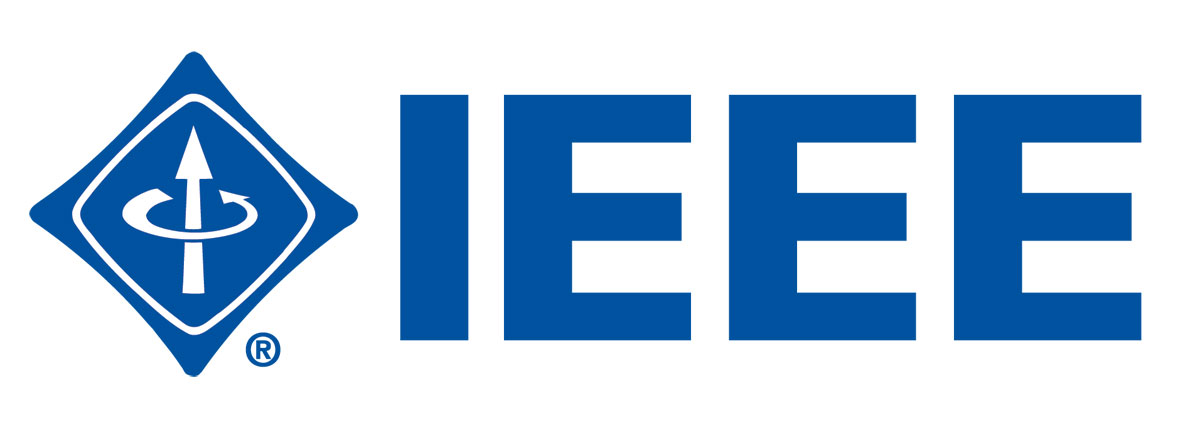TITLE PROJECT:
Domain Analysis Software Product Line Model with Pedagogical for Educational Robotics
DURATION OF PROJECT:
Jul 2016 – Nov 2018 (2 Years 5 Months)
SPONSOR:
Research University Grant (GUP)
EXECUTIVE SUMMARY:
Over the next years technologies, such as, robotics, bioelectronics, nanotechnology, artificial intelligence, human augmentation, just to name a few, will have a high impact in the development of human society. For this reason, it is important to attract prospective students to pursue engineering and science majors. In recent years, educational robotics has been increasingly used as a pedagogical tool to boost the performance of students in several subjects and age levels. However, building educational robotics (ER) is not an easy task and not to mention to build many versions of them. Software Product Line (SPL) Engineering is a methodology, which allows systematic reuse of development artefacts through efficient identification and management of commonality and variability of the products. There many approaches for presenting variability in SPL such as FODA, PLUSS, SMarty. However, current approach may cause the specification of requirements hard to understand, maintain and prone to inconsistencies due to large features requirements. Besides, there is very little research that works on managing variability for ER especially on how to embed pedagogical element into variability model of SPL. The pedagogical element in SPL model offers a systematic domain analysis SPL model for ER. Therefore, this research will study SMarty, CVAnalysis and LV context aware GLO method and model based on ER case studies to develop ER variability model with considering the pedagogical element variability and specifying requirements in domain analysis stage to deal with inconsistencies.
The results for hypotheses testing show that those are moderately correlation between PU and PEOU, and PU and BIU. Whilst, there is no correlation between PEOU and BIU. PU is perceived usefulness of proposed ER feature model, PEOU specifies on perceive ease of use of the ER feature model’s guidelines and BIU is intention to use the proposed ER feature model. Based on the correlation’s value between PU and PEOU, and PU and BIU, the ER feature model was likely usable and where it is considered as learnable by the respondents. Therefore, the proposed ER feature model also intended to be used by respondents in future. However, PEOU and BIU is not correlated which shows that the guideline provided is not intended to be used in the future. There are a few research directions that can be done for more improvements of this research. Future direction is the use of a tool that can represent the feature model so that user can experience the real environment of using the proposed ER feature model. When user experience the proposed ER feature model in real environment, experimental survey can be done, and the assessment of the proposed ER feature model could be more accurate than the first one.
OBJECTIVE:
1. To identify existing models and approaches to apply learning element in ER
2. To enhance feature model in SMarty by considering pedagogical element to cater for different level of education
3. To evaluate and validate the feature model usability in supporting different level of education





